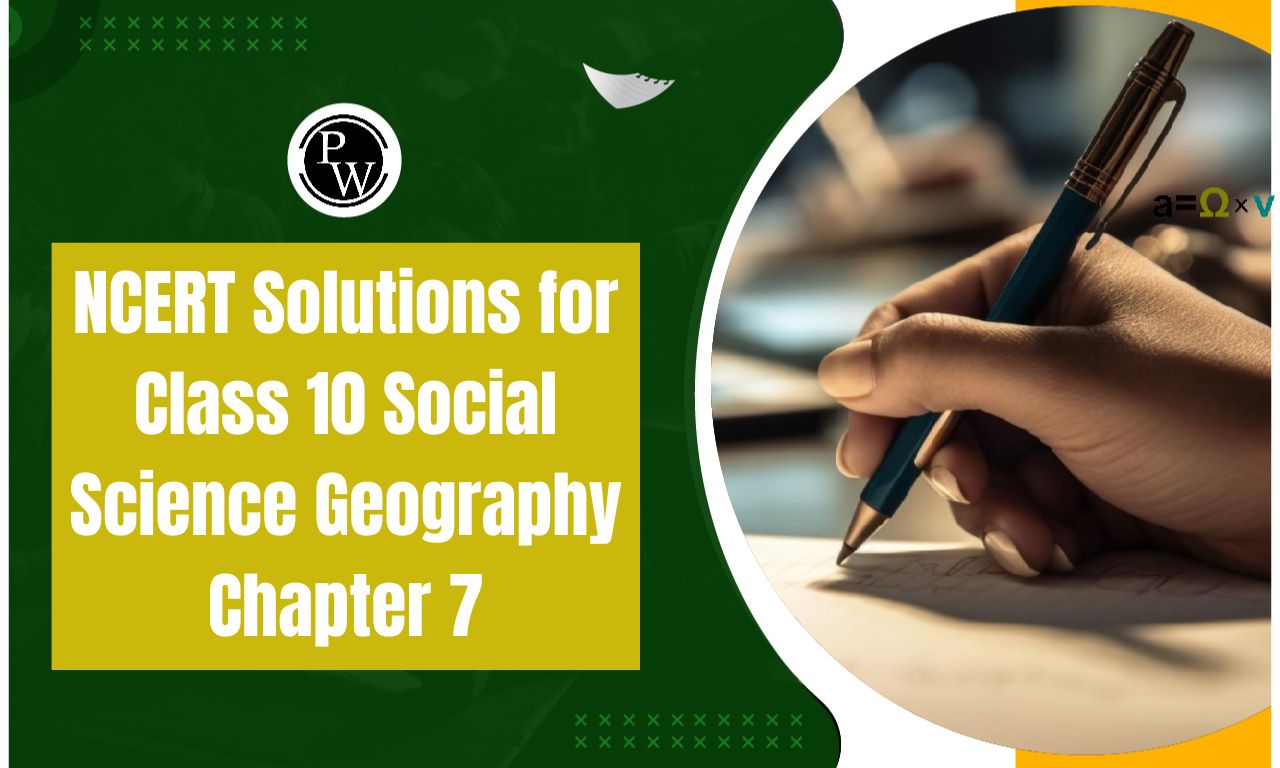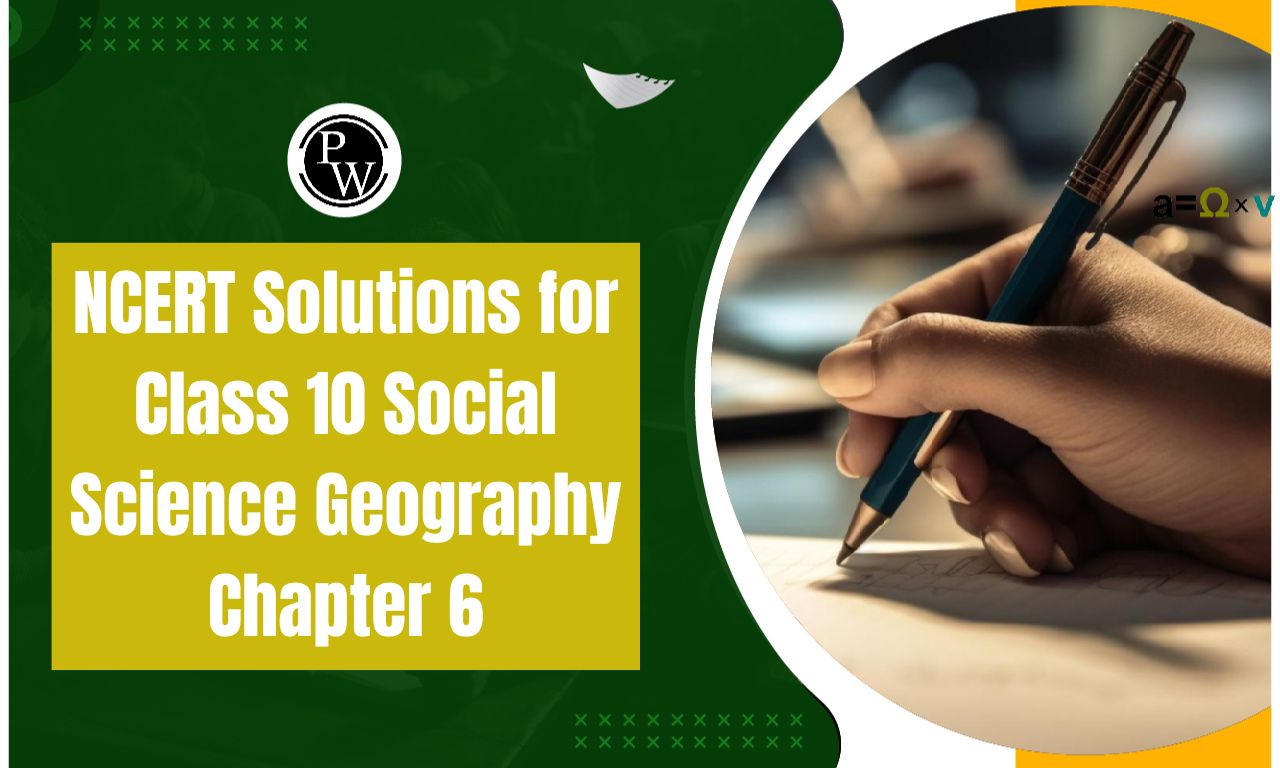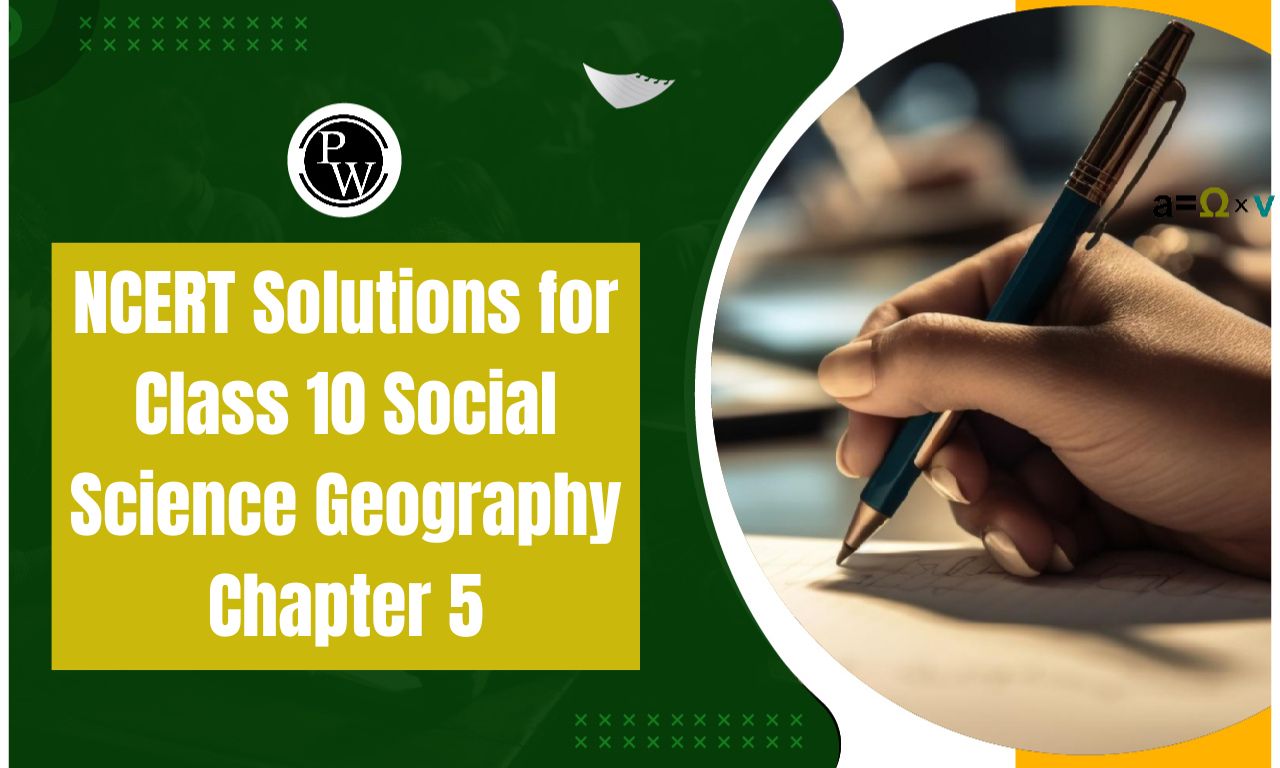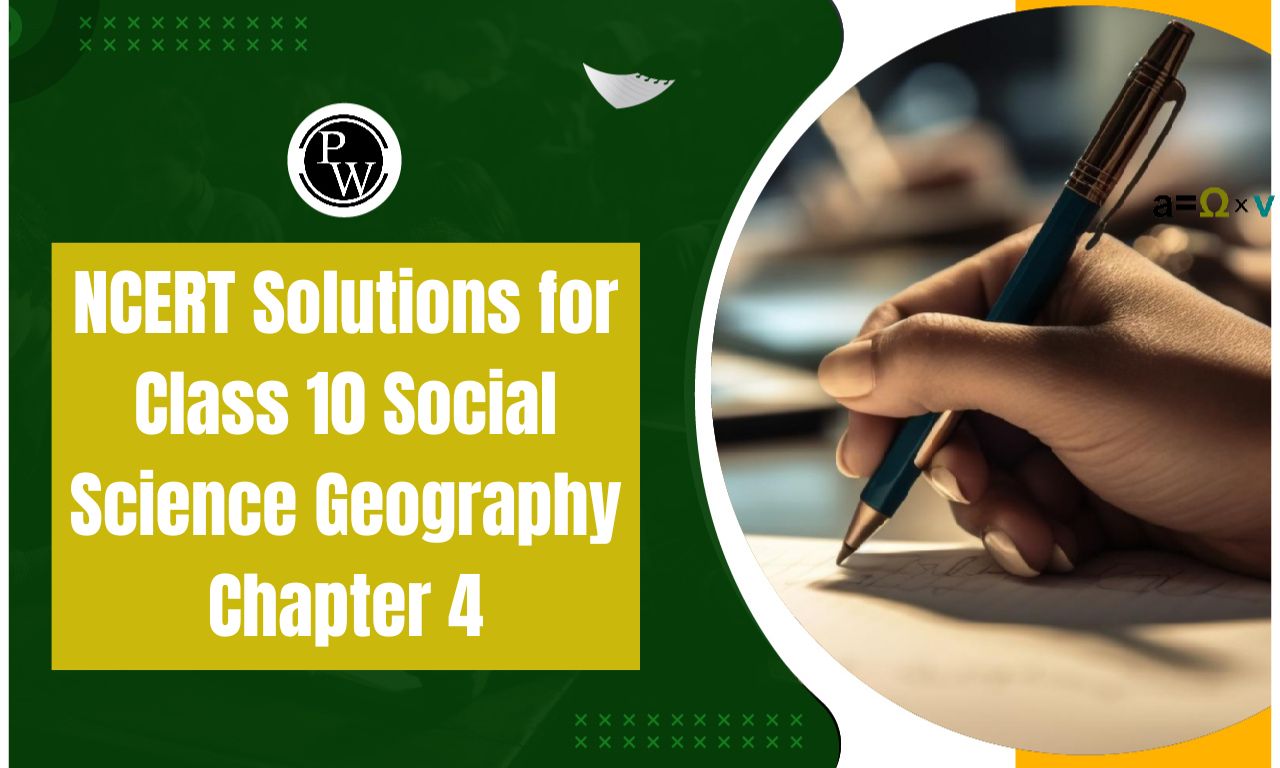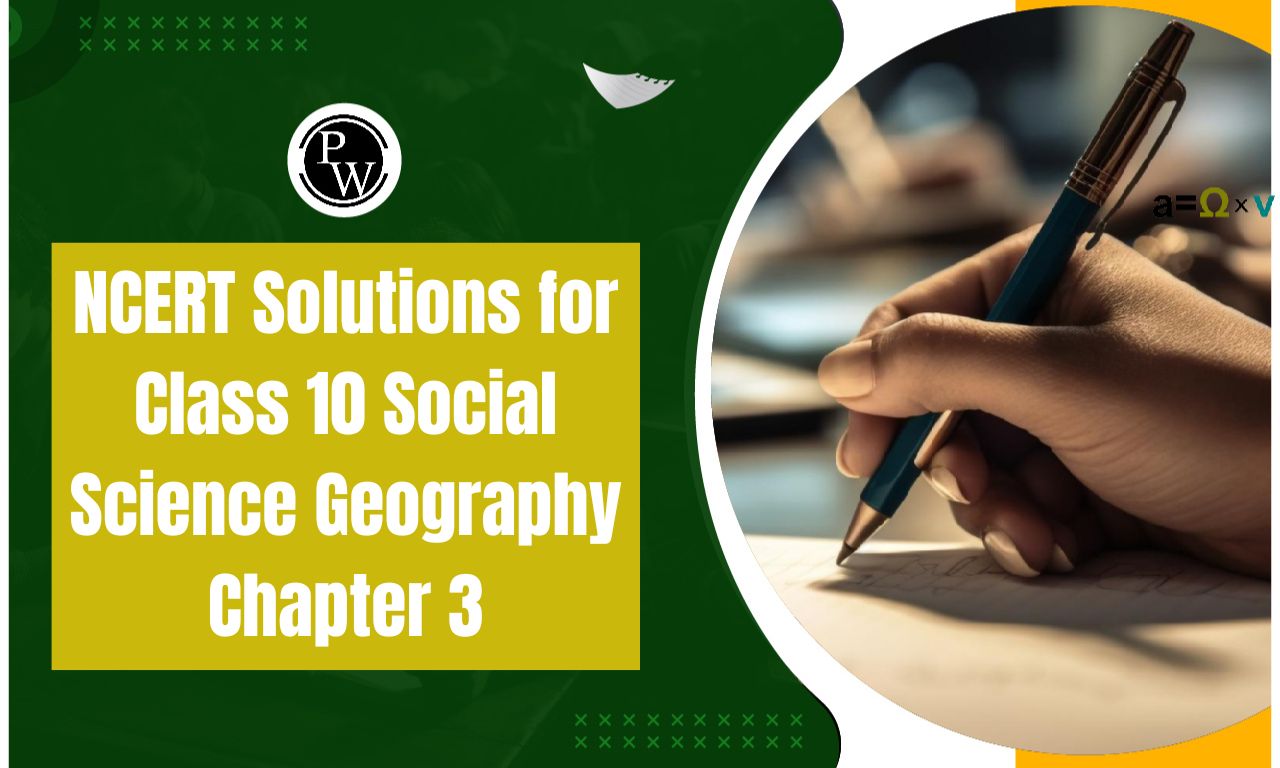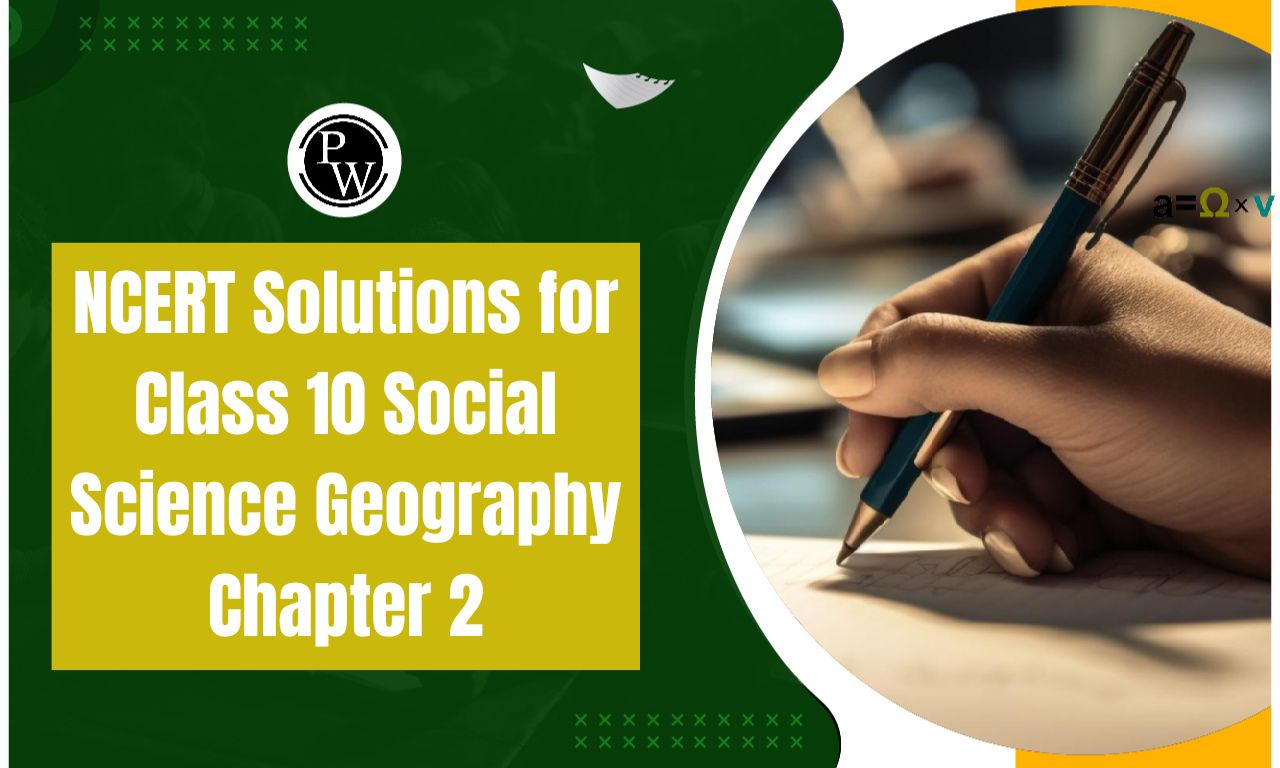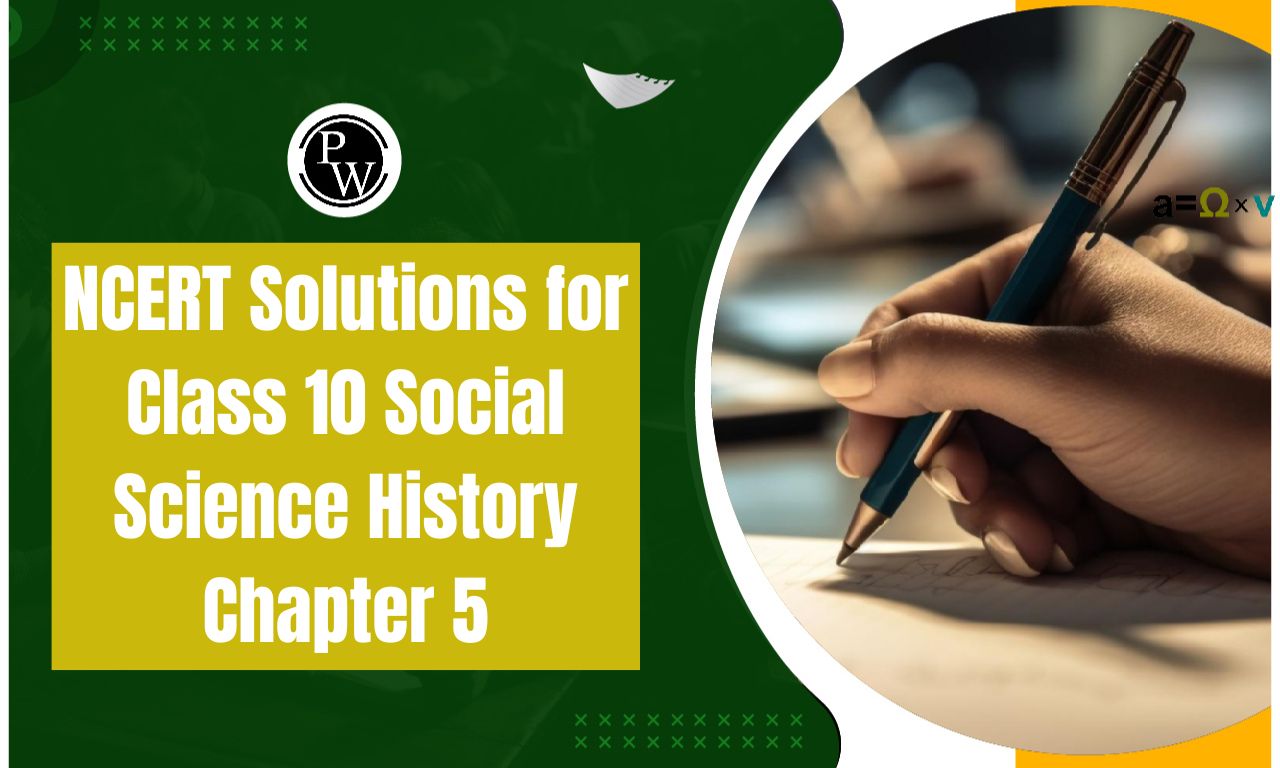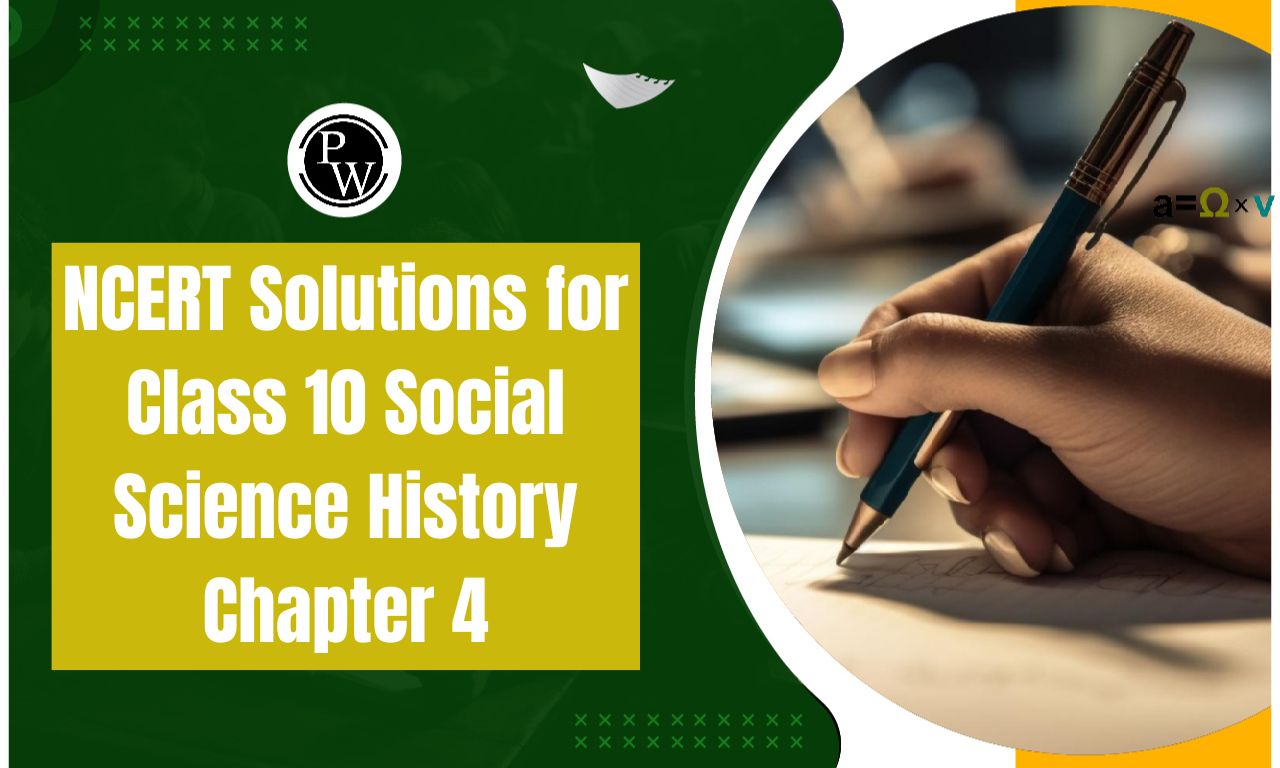
CBSE Important Questions for Class 10 English First Flight Poem Chapter 6: CBSE Important Questions for Class 10 English First Flight Poem Chapter 6 "Fog" help students understand the poem’s meaning, literary devices, and themes.
Written by Carl Sandburg, "Fog" is a short yet powerful poem that compares the movement of fog to a cat. The poet uses imagery and personification to describe how the fog arrives silently, lingers over the city and harbor, and then moves on.
Practicing important questions from this poem allows students to analyze its symbolism, poetic techniques, and deeper meanings. These questions also help in exam preparation by covering key aspects like interpretation, figures of speech, and the poet’s intent.
CBSE Important Questions for Class 10 English First Flight Poem Chapter 6 Overview
The poem "Fog" by Carl Sandburg is a short yet vivid description of how fog moves and settles over a city and harbor. The poet compares the fog to a cat, using personification and imagery to depict its silent and mysterious arrival. The fog, like a cat, comes in quietly, sits looking over the surroundings, and then moves away just as silently.
This poem is an example of Imagist poetry, where simple words create strong visual effects. The comparison of fog to a cat gives the poem a unique perspective and enhances its meaning.
Through important questions, students can explore themes such as nature’s quiet power, transience, and observation. Understanding the poem’s literary devices, symbolism, and interpretation will help students grasp its deeper significance and prepare effectively for their exams.
CBSE Important Questions for Class 10 English First Flight Poem Chapter 6 PDF
Download the CBSE Important Questions for Class 10 English First Flight Poem Chapter 6 "Fog" in PDF format from the link below. This PDF contains important questions with answers, helping students understand the poem’s meaning, literary devices, and themes. Practicing these important questions will enhance comprehension and improve exam preparation.
CBSE Important Questions for Class 10 English First Flight Poem Chapter 6 PDF
CBSE Important Questions for Class 10 English First Flight Poem Chapter 6 Fog
Here are the important questions from the poem "Fog" by Carl Sandburg:
1. The fog comes on little cat feet. It sits looking over harbour and city on silent haunches and then moves on.
(A) What does the poet mean by little cat feet?
(B) What do haunches mean?
(C) How is the fog looking over the harbour and the city?
(D) “It sits looking….” What is the poetic device used here?
Ans:
(A) Little cat feet here represent the silent and careful steps of a cat. The way fog comes resembles the steps of a cat.
(B) Haunches mean hips.
(C) The fog looks over the harbour and the city by sitting on its haunches like a cat.
(D) Metaphor is used here.
2. How does the poet employ the double imagery of the fog and the cat?
Ans: The poetic device of metaphor is very effectively used in the poem. The fog is converted into a cat and the cat is morphed back into the fog. The silent arrival of the fog is like a little cat. The fog stays there sitting like the cat on its haunches.
3. Write the central idea of the poem "Fog".
Ans: The poet Carl Sandburg in his poem 'Fog' describes fog as a cat. Fog is treated to be a living creature. Fog comes quietly and stealthily like a cat. Fog sits looking over the harbour like a cat does. Then it moves to settle somewhere else. Just as a cat doesn't settle at one place and in the same way fog keeps on moving and finally vanishes.
4. Which aspect of nature does Carl Sandburg present in the poem "Fog"?
Ans: The poet presents nature in its raw and natural state. The fog comes as if from nowhere. It comes suddenly and silently like a little cat. The fog's power is overwhelming. It engulfs everything, the city and the harbour in its all-embracing fold. Then following the law of change, it disappears, no one knows where.
5. Nature has many wonders that people take for granted and never pay attention to. How is the poem "Fog" different from this perspective?
Ans: The poet has taken utmost pleasure in nature and natural phenomena like fog. Fog is so special to the poet that he cared enough not only to write about it, but also thinks of its resemblance with other things in the world. In his close attention to fog, he found fog resembles a cat, in the way it moves and sits on its haunches.
The fact that such a resemblance was found by the poet shows how connected he is to various things in nature. This poem serves as a motivation for people, who take nature for granted to find such interesting comparisons and similarities around them.
6. Difficulties come, but they are not to stay forever. They come and go. Comment referring to the poem "Fog".
Ans: None can deny the fact that after every dark night, there is sunshine. In other words, sorrows follow happiness. Life has many ups and downs. We must all accept that problems are a part of life. We should strengthen ourselves so that we are able to face them and stand up to solve these problems.
We should not get carried away. We should learn that time and tide wait for none. Fog is also symbolic of darkness but it comes quietly like a cat and goes away. It symbolises that if we are not disturbed by difficulties then life will itself move to the lighter side and things will be easy to confront. We should always remember that, we must face all the problems boldly.
Benefits of Solving CBSE Important Questions for Class 10 English First Flight Poem Chapter 6
Enhances Understanding – Practicing important questions helps students grasp the poem’s theme, literary devices, and deeper meanings.
Improves Answer Writing Skills – Regular practice enhances the ability to frame structured and well-explained answers, which is crucial for exams.
Boosts Confidence – Answering different types of questions prepares students for various exam patterns, increasing their confidence.
Strengthens Literary Analysis – Students learn to analyze poetic techniques like metaphors, imagery, and symbolism used in the poem.
Helps in Time Management – Solving important questions within a time frame improves speed and efficiency during exams.
Enhances Retention – Repeated practice helps in better retention of key points, making revision easier before the exams.
Prepares for Exam-Oriented Questions – These questions align with CBSE exam patterns, ensuring students are well-prepared for scoring high marks.
CBSE Important Questions for Class 10 English First Flight Poem Chapter 6 FAQs
What is the main theme of the poem "Fog" by Carl Sandburg?
Why is the fog compared to a cat in the poem?
What poetic devices are used in the poem "Fog"?
How can solving CBSE important questions help in understanding the poem?

